Gedempte Boerensluis, Krommenieër-Woudpolder
Polder Het Woud was remote for centuries and not many people lived there. It was a waterway polder, which meant that you could only get there easily by boat. One of the locks was used so often by the farmers of Markenbinnen that it was nicknamed Boerensluis.
Originally, Het Woud was one area with Markenbinnen, part of the municipality of Uitgeest. In the first half of the 17th century, however, new waterways were dug to improve the drainage of the Schermerboezem. Markenbinnen was added to the Starnmeer polder but many farmers with land lived across the canal, in the Woud.

Because of the reclamations, the un diked old land suffered a lot of flooding, which is why in the years 1650-1651 Het Woud was also diked and reclaimed. Five sluices were installed in the dikes, including the Boerensluis opposite Markenbinnen and the Woudaapsluis opposite the Tap- or Tochtsloot. This allowed farmers with land in Het Woud to get to their pastures. Anyone who wanted to pass through the locks in Het Woud had to pay a lockage fee, which was used to pay for lock maintenance.
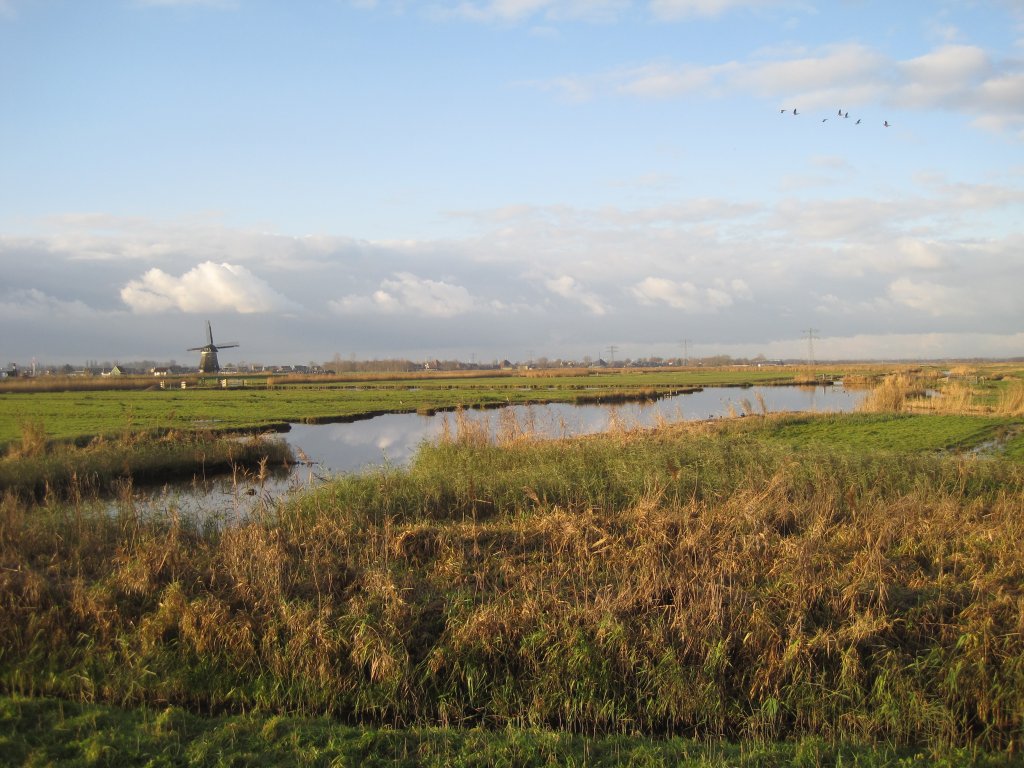
Because so many Forest farmers lived in Markenbinnen, the lock right across from that village was used a lot. This probably gave the lock its nickname Boerensluis (Farmer's Lock). In the sixties and seventies of the 20th century, there were still about ten 'boating farmers' sailing back and forth with their cattle, hay and milk. For a long time, the locks were wooden. When they fell into disrepair in the 19th century, they were filled in or replaced with new locks built of brick.
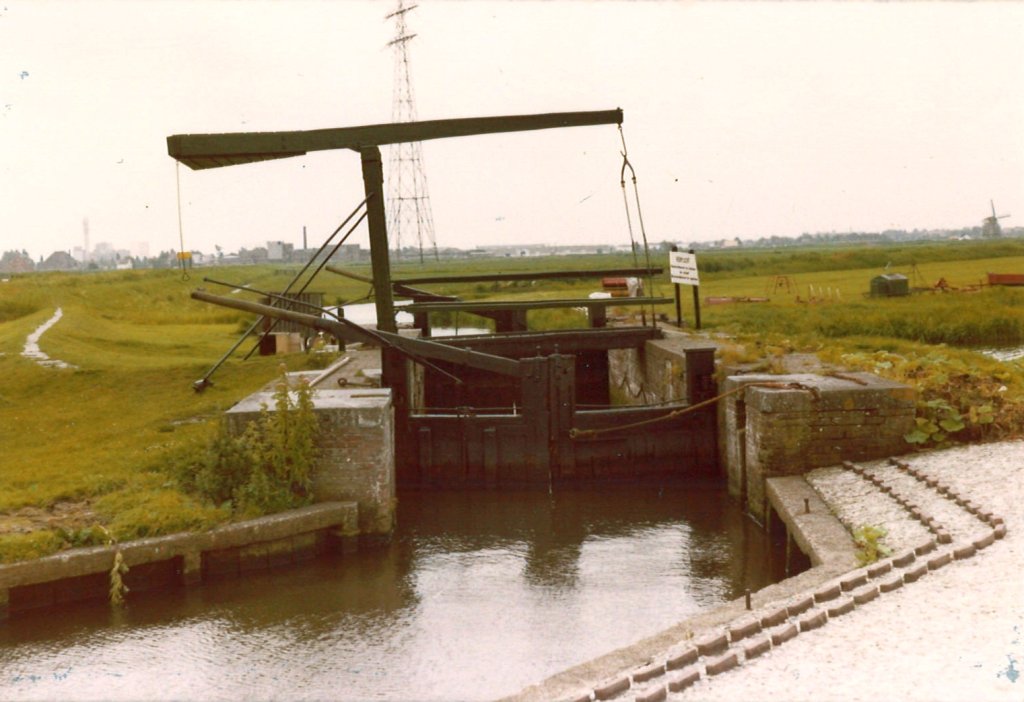
An example of such a boater from Markenbinnen was Willem Noom (1833-1899). He was elected head landowner of polder Het Woud in 1859. Later he became heemraad and in 1884 dijkgraaf, which he remained until his death. When the wooden Boer lock was replaced by a stone lock in 1898, a plaque was erected with Willem Noom's name at the top. Later, descendants of his also served on the polder board.
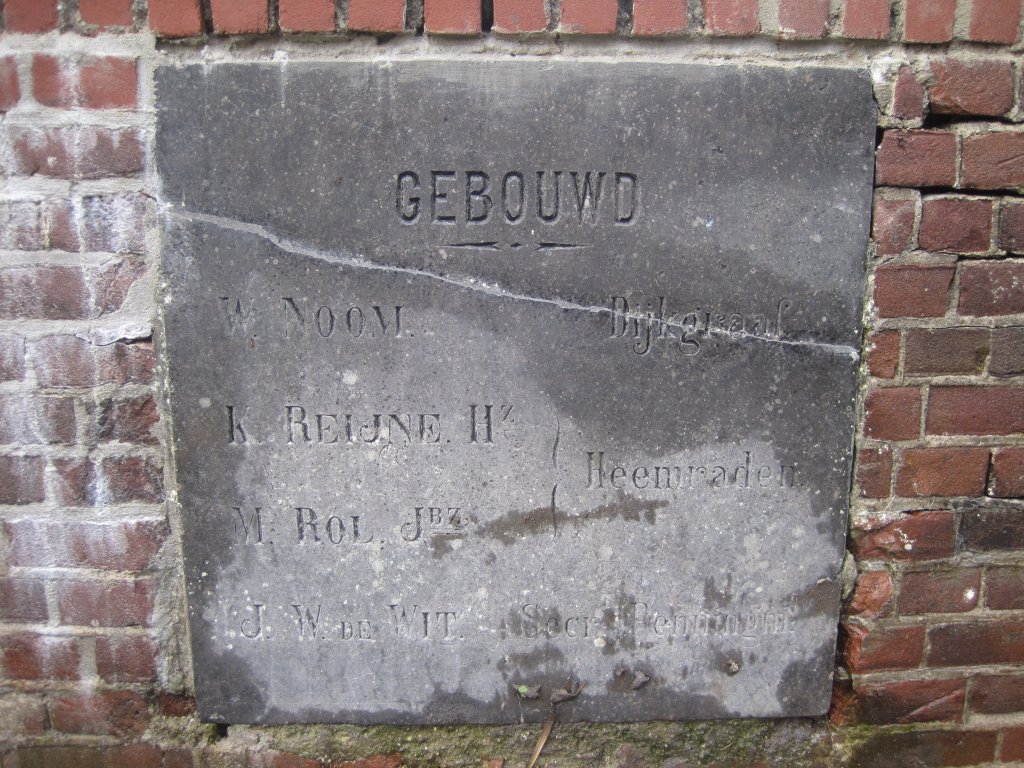
A lock keeper's house also stood at the lock since 1898. In 1896, the Boerensluis was given an additional task: it became a water intake point for an inundation. The forts of Markenbinnen and Krommeniedijk were parts of the Stelling van Amsterdam, which served to protect the capital from foreign invaders in wartime. The land around the forts was then flooded. The Het Woud polder was part of the inundation zone.
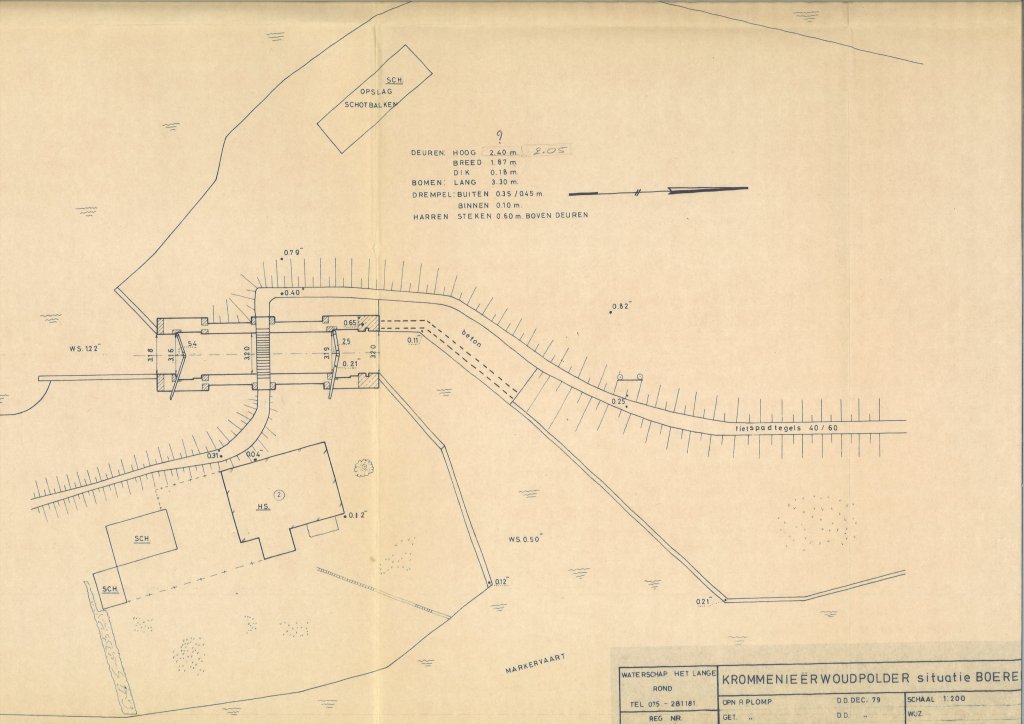
Inundation of Het Woud was first done by the Dutch army in May 1940 when the Germans invaded. The polder was quickly reclaimed after the war lasted only five days. In the spring of 1944, the German occupiers flooded the polder again. Now Het Woud remained afloat for a year: only in May 1945 was it reclaimed. Aquatic plants grew everywhere and for a year the polder had been a waterfowl's paradise.
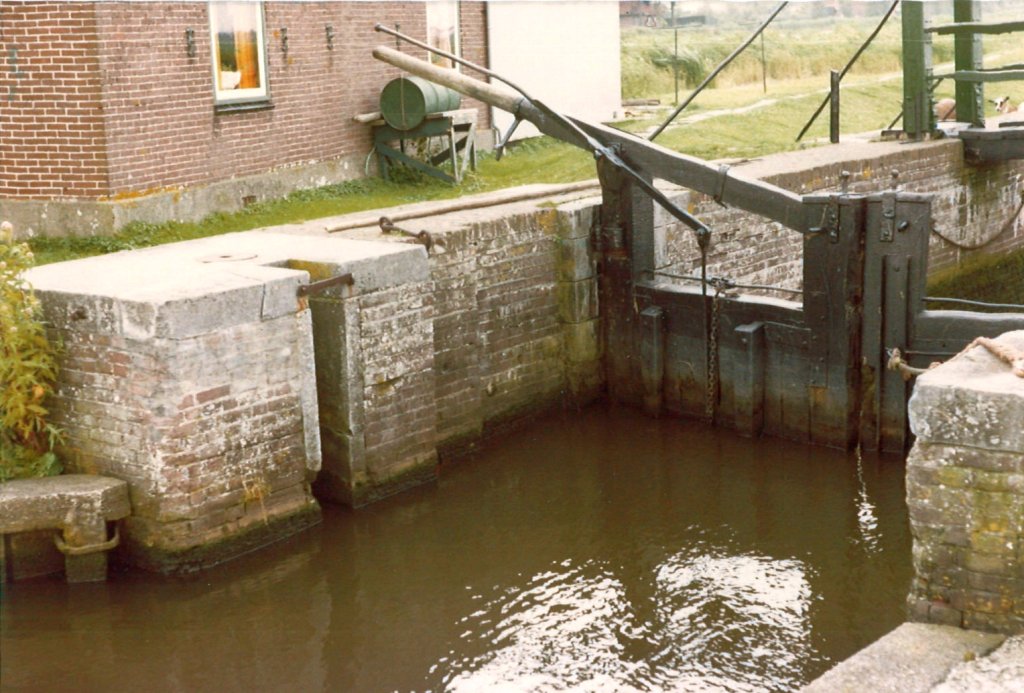
After the war, the Boerensluis was important for a long time, but around 1980 the water board wanted to demolish the dilapidated lock. In 1983, a road opened up the Woudpolder, making it no longer a waterway polder. Only the great-grandson of Willem Noom still used the lock a lot, but his cattle farm was relocated. Repair would cost a lot of money and, moreover, the surge of shipping traffic on the Markervaart posed a danger to the wrecked lock.
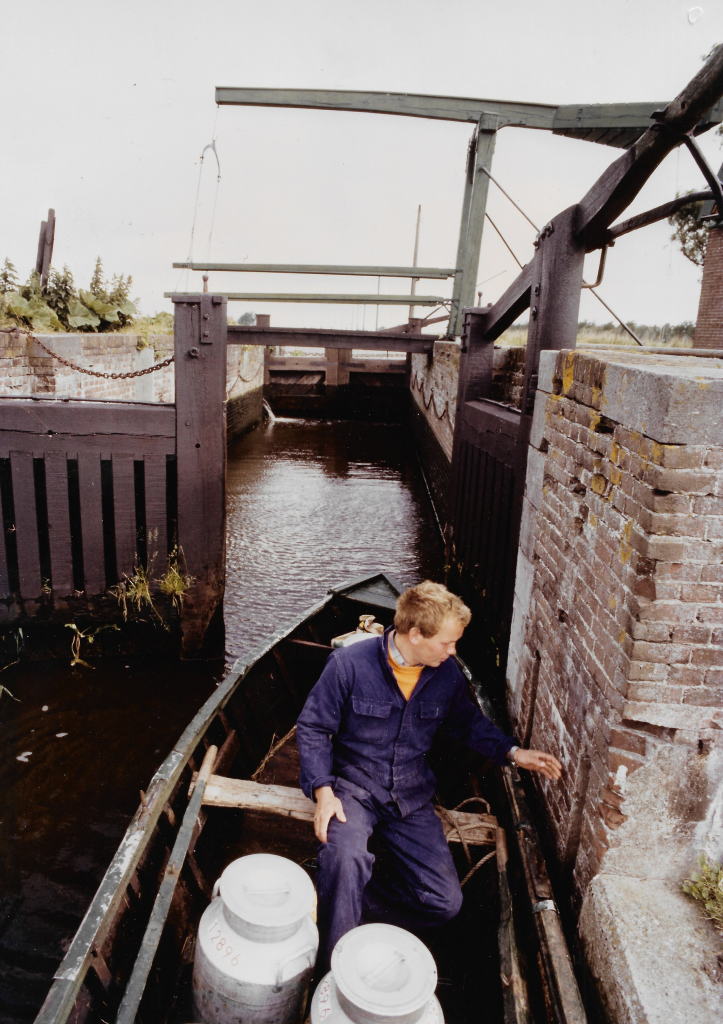
In 1984, therefore, the Boer Lock was filled in. The lock walls were retained as memorials. The memorial stones would be moved so that cyclists and hikers could see them clearly. A plaque commemorating the demolition was also placed. Unfortunately, one of the two older memorial stones was lost. Today, the Woudaapsluis is the only remaining lock in Het Woud.
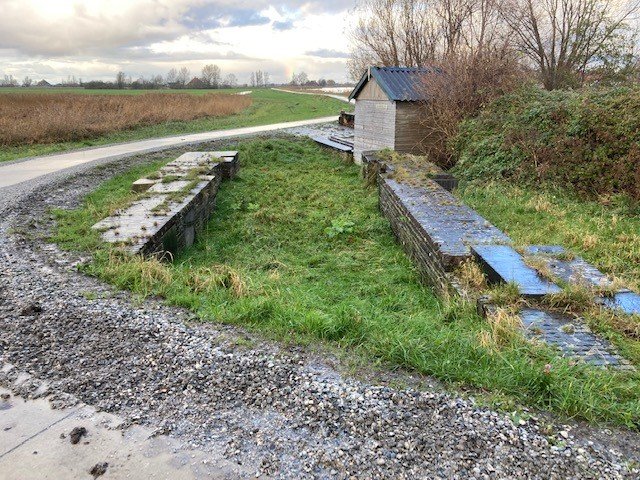
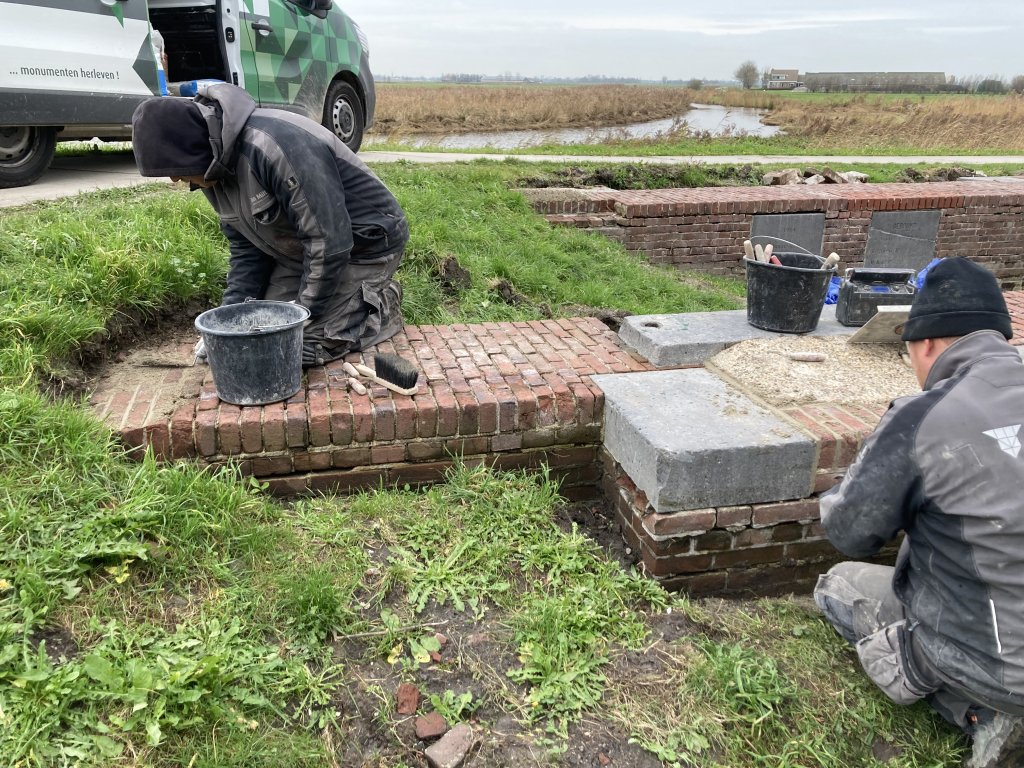
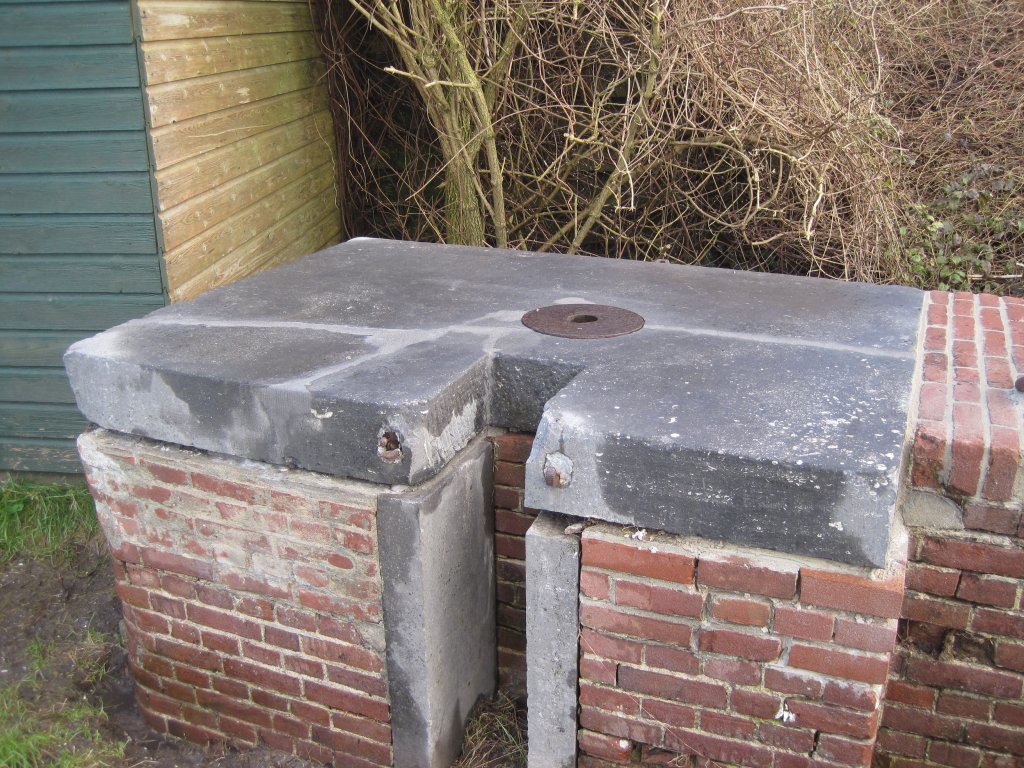
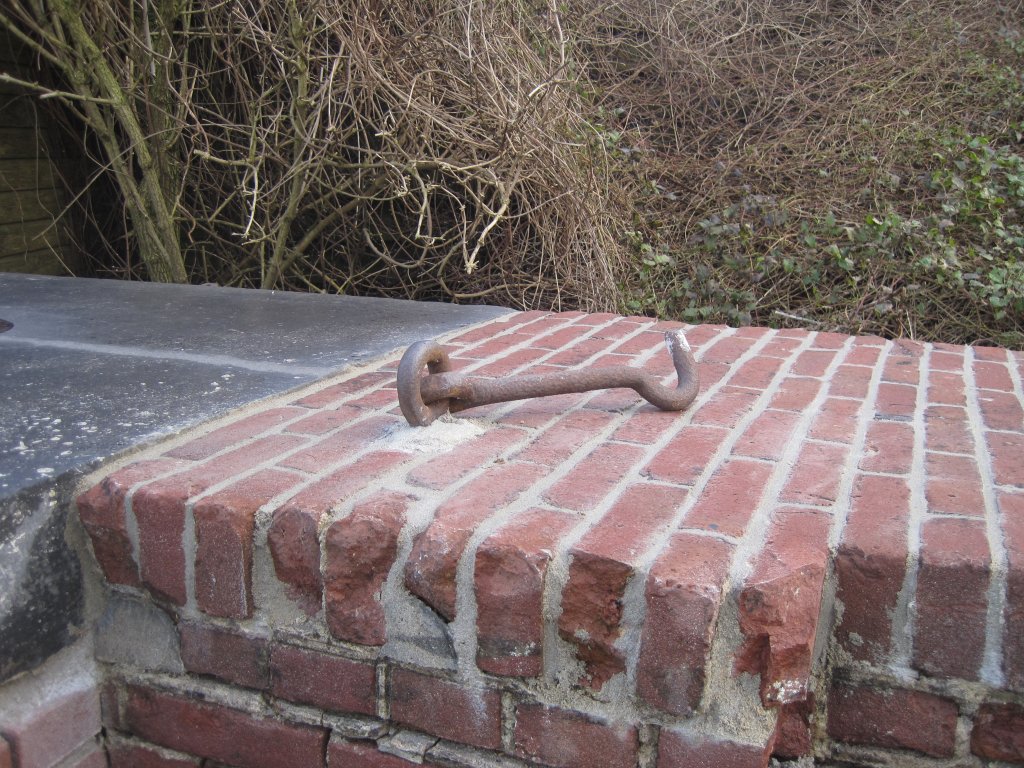

Additional
The damped Boerensluis is featured in the second installment of the documentary series Langs de Hollandse Waterlinies, minute 09.34-11.41.
The excerpt below shows the Boerensluis in operation. This excerpt is from a longer video about the last boating farmers of Het Woud, the Nooms from Markenbinnen.
The Boerensluis is a photogenic stop on the Krommenieër-Woudpolder Route (North Holland Walking Network).
Cycling along the Boerensluis is also a good option. A nice route is the Jubilee Cycle Route (Laag Holland)
Another scenic route is the Crommenije-Stelling van Amsterdam bicycle route (Oer-IJ).
At the lockkeeper's house at the address Markervaart 2, there is a rest stop that includes coffee and tea, soup, tire patch stuff and a first aid kit. Friends on the Bike can also spend the night there.
Conservation is made possible in part by the province of North Holland.